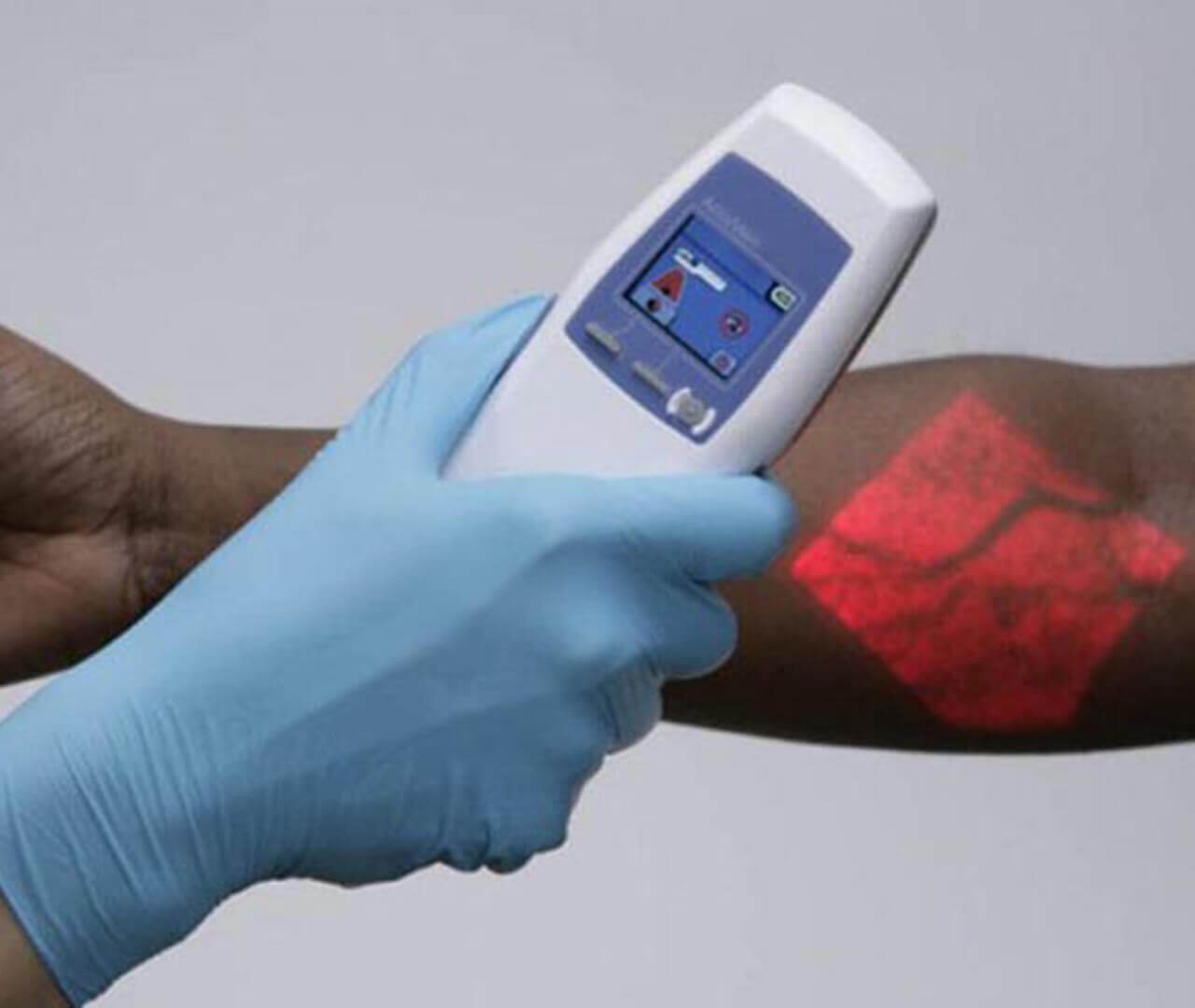Augmented reality in healthcare isn’t a tech challenge, it’s a communications challenge.
With the typical fanfare, yesterday Apple rolled out its new iPhone X (to be clear, pronounced, “iPhone 10”), and touted the pending release of a free iOS 11 software update on September 19th to bring ARKit to the masses.
Geoff Blaber, head of mobile device software research at CCS Insight, was quoted as saying “Apple are the masters of taking a technology that has been around for some time and making it.” And Tuong Nguyen, principal researcher analyst at Gartner, stated “It is coming to a platform that you already have in your pocket or purse, changing what people think and increasing that overall interest. It is raising the tide for the industry.”
With the power and presence of Apple’s pending ARKit, as well as the news around Google ARCore, could we finally be facing a tipping point in the mainstreaming of AR? Very possibly, and healthcare brands stand to win big if it comes through.
Putting AR in the hands of a patient or a caregiver can bring many benefits to the patient experience, and to the requirements of the HCP in the provision of care. Imagine a patient newly diagnosed with a skin condition using AR technology to view educational content over the affected area of the skin to understand disease mechanism, and the MOA of the therapy itself. Imagine a caregiver viewing the chest of their partner who is suffering from heart failure to learn about the how the condition manifests in the muscle. Imagine a physician using AR in the exam room to explain the results of diagnostic evaluations, or using the technology in surgical procedures, like Scopis is doing in launching AR for spine surgery using Microsoft HoloLens.
There are pockets of application already in use. Consider the story of Accuvein, which uses augmented reality via a handheld scanner that projects over skin and helps HCPs locate veins. The company claims its technology increases the ability to find a vein on the first stick 3.5 times more likely, saving hundreds of thousands of dollars annually.
The technologists will continue to dream up ways AR can be used to benefit patients. In my opinion, though, the true challenge is not a technological one. Rather, it’s a communications challenge.
Medical and technology futurists have been touting the promise of AR in healthcare for at least a decade. Search “augmented reality, healthcare” on SlideShare and you get more than 690,000 results.
No, this isn’t an issue of creating the technology. This is a challenge of clearly communicating its value in outcomes, cost reduction and patient satisfaction to leadership, clinicians, advocacy groups and patients themselves.
We need to demystify the technology and simplify it so that average consumers can appreciate it, understand it and apply it.
As communicators, we can help drive this technology forward by helping to evolve the AR discussion in the conference room from a technology strategy to an experience strategy.
Ana Javornik, PhD, a lecturer at Newcastle University Business School wrote in Harvard Business Review that “if the AR experience is just a one-off episode, the augmentation will most likely direct people’s attention towards the technology. But if it is well integrated in an environment or in a process, it has the capacity to positively impact purchase activities and have a more far-reaching influence. The real mission for commercial AR is integrating the technology so that it enhances the customer experience. People will only change their behavior if they perceive the value is worth the effort of adding another information layer into an already saturated digital space.”
Changing perception is fundamentally a communications opportunity. Perhaps a good place to start is changing the context from augmenting reality to augmenting care.
People don’t want you messing with their reality; but who doesn’t favor improving care?
Our technology colleagues have done their job – they’ve helped build a technology that can truly change how people experience the world around them, and how they interact with information within that world. It’s now on us – as communicators – to give AR the shot in the arm it needs to achieve widespread use.




